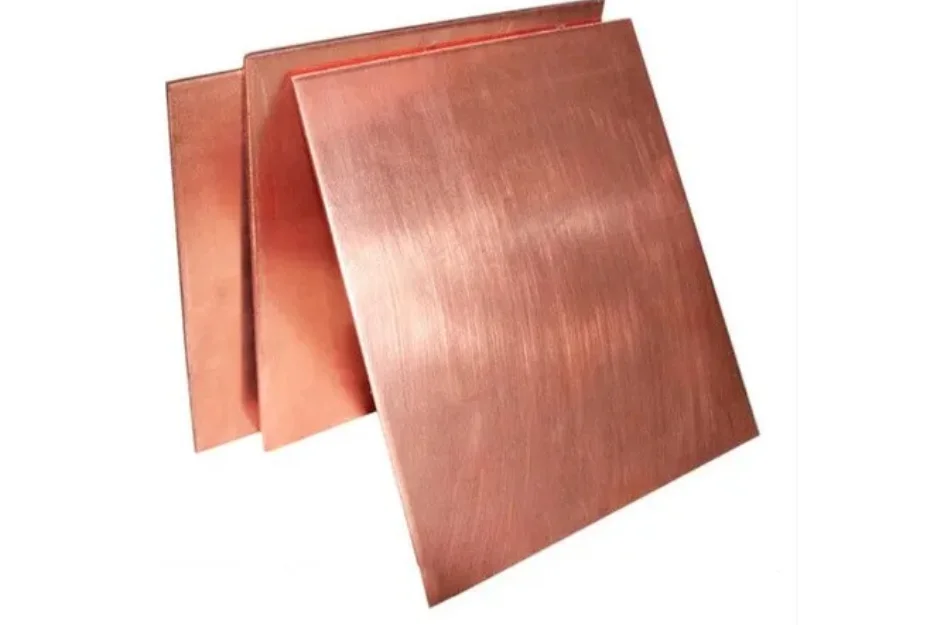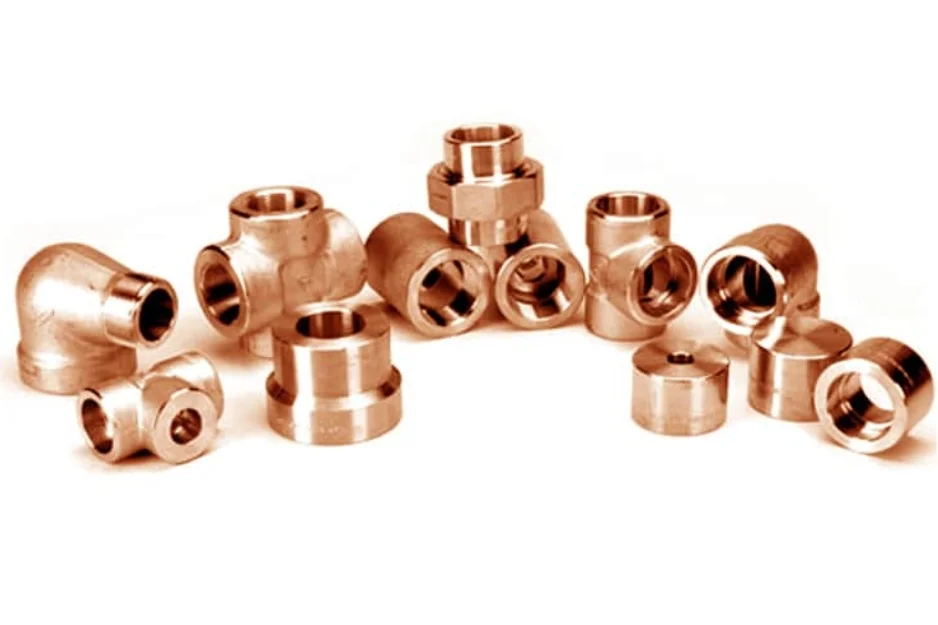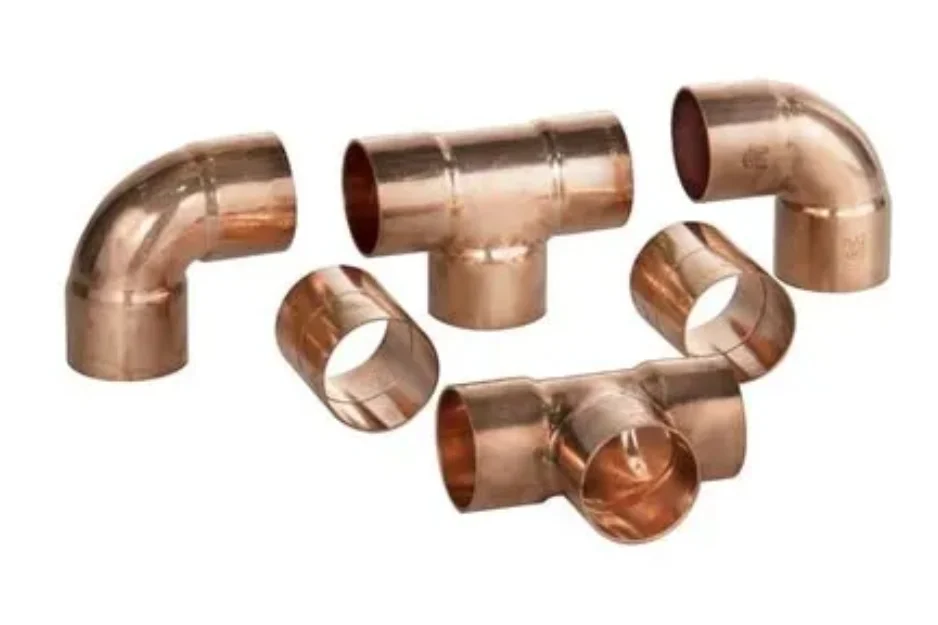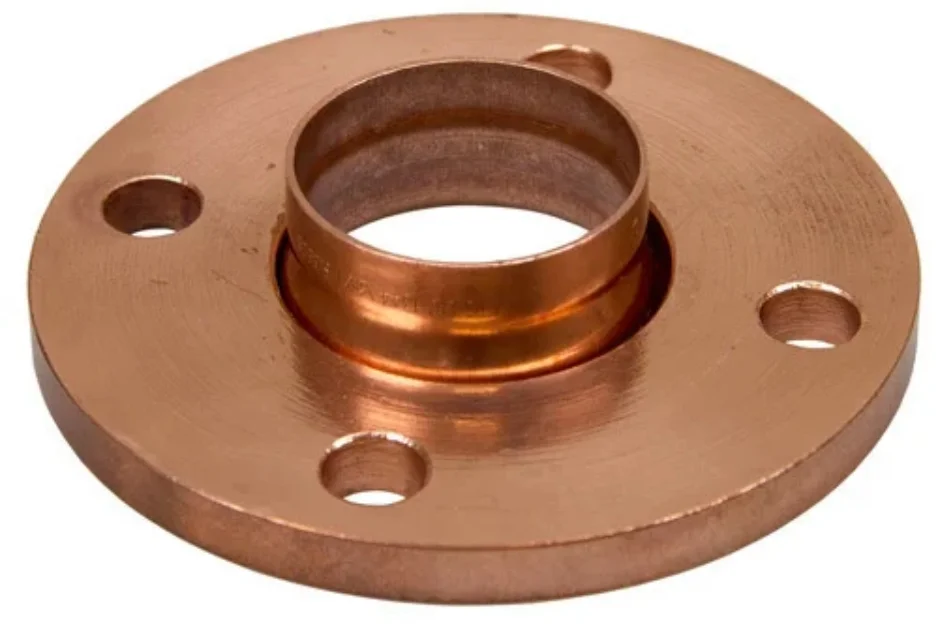

Copper pipes and tubes are made of copper metal, which is a soft and malleable metal with good heat and electricity conductivity. Because of their corrosion resistance and ability to withstand high temperatures, they are used in plumbing and heating systems, electrical and electronic applications, and a variety of industrial applications. Copper pipes are available in a variety of sizes, thicknesses, and types, such as seamless, welded, and pancake coils, whereas tubes can be round, square, or rectangular and are commonly used for heat exchangers, condensers, and refrigeration systems.

Copper bars and rods are solid copper metal pieces in the shape of bars or rods. They have a wide range of applications, including electrical conductivity, heat transfer, and architectural decoration. Copper bars and rods can be found in a variety of sizes and shapes, such as round, square, flat, and hexagonal. They also come in a variety of grades and finishes, including pure copper, oxygen-free copper, and high conductivity copper. Copper bars and rods are known for their high electrical and thermal conductivity, as well as their good corrosion resistance and malleability, which makes them ideal for a variety of electrical, mechanical, and construction applications.

Copper sheets and plates are flat pieces of copper metal that come in a variety of thicknesses and sizes. They're used for a variety of things, including electrical conductivity, roofing, and metalwork. Copper sheets and plates are ideal for electrical, mechanical, and construction applications due to their high electrical and thermal conductivity, good corrosion resistance, and malleability. Copper sheets and plates are available in a variety of grades and finishes, including pure copper, oxygen-free copper, and high conductivity copper, and are available in rolls, sheets, and plates. They are used in electrical, construction, transportation, and industrial manufacturing industries.

Copper forged fittings are created by forging or shaping copper metal into the desired shape. They are used to connect, control, or change the direction of fluid flow in plumbing and piping systems. Copper forged fittings are known for their high corrosion resistance, ability to withstand high temperatures, and good heat and electricity conductivity, making them ideal for use in a variety of industries such as plumbing, heating, and air conditioning. Copper forged fittings, which include elbows, tees, couplings, and unions, are commonly used in residential, commercial, and industrial plumbing systems. They are typically more durable and reliable than other types of fittings, such as compression fittings, because they are made by heating and shaping the copper metal into the desired shape.

Copper buttweld fittings are used to join two pipes or tubes in a piping or plumbing system. They are created by shaping a piece of copper metal into a seamless, rounded shape and welding it to the end of a pipe or tube.
They are known for their high corrosion resistance, ability to withstand high temperatures, and good heat and electricity conductivity, making them ideal for use in a variety of industries such as plumbing, heating, and air conditioning. Copper buttweld fittings, such as elbows, tees, and reducers, come in a variety of shapes and sizes and are commonly used in residential, commercial, and industrial piping systems. They provide a permanent, leak-free connection and are typically more durable and reliable than other fitting types, such as compression fittings.

Copper flanges are circular plates with a raised rim that are used in plumbing or piping systems to connect pipes or valves. They connect pipes, valves, and pumps and allow them to be disassembled for maintenance or replacement.
Copper flanges are known for their high corrosion resistance, ability to withstand high temperatures, and good heat and electricity conductivity, making them ideal for use in a variety of industries such as plumbing, heating, and air conditioning. Copper flanges are available in a variety of sizes, pressure ratings, and bolt hole configurations, and can have raised or flat faces. They are commonly used to provide a secure, leak-free connection between pipes, valves, and pumps in residential, commercial, and industrial piping systems.